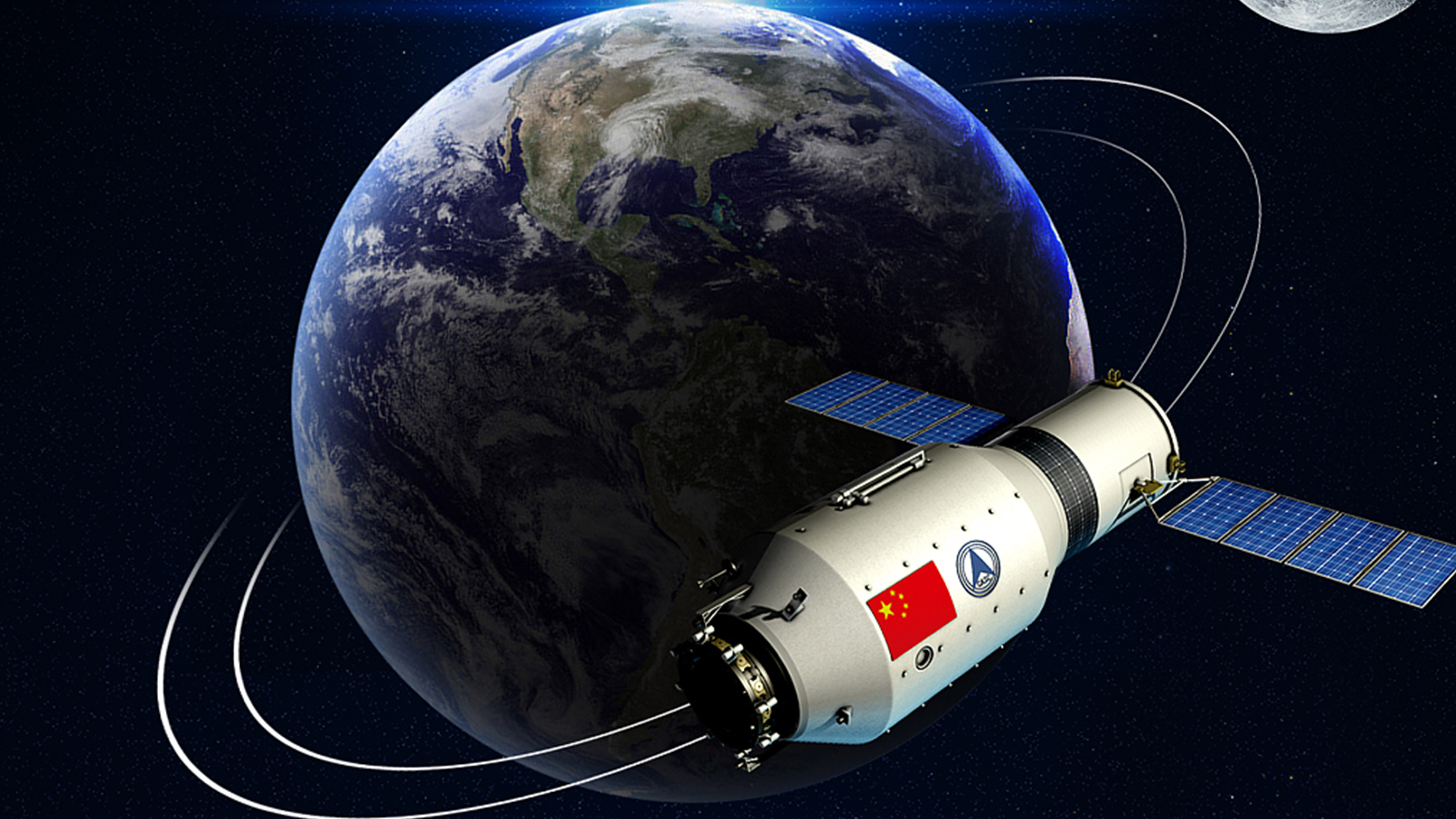

After 1,036 days in space, China's second space lab, the Tiangong-2 de-orbited and burned up as planned on Friday.
From launch to descent, it completed a series of groundbreaking missions.
The Tiangong-2 launched from China's Jiuquan Satellite Launch Center on September 15, 2016. Unlike China's first prototype space lab, the Tiangong-1, its successor was designed for longer periods in space.
Carrying two astronauts, the Shenzhou 11 spacecraft blasted off and docked with the Tiangong-2 on October 17, 2016. The two astronauts lived in the space lab for 30 days.
Tiangong-2's second mission was to dock with a cargo ship which would resupply the space lab. China's first cargo spacecraft, Tianzhou-1, launched on April 20, 2017 from south China's Hainan Province, and automatically docked with the orbiting Tiangong-2 space lab two days later.
Tiangong-2 performed 14 projects and carried a load of 600 kilograms. Over 60 space science and technical experiments were carried out inside the space lab, including experiments focused on space material science and space life science. The lab also carried the first cold atomic clock into orbit.
The Gamma-ray Burst Polari meter, POLAR, jointly-developed by China and Europe, has successfully detected 55 cases of cosmic gamma storms, making important contributions to international gamma storm detection.
Tiangong 2 is also home to space silkworms, double swing experiments, water film reactions – three award-winning experimental projects designed by Hong Kong high school students. It also verified key technologies for China's future permanent manned space station.

Copyright © 2018 CGTN. Beijing ICP prepared NO.16065310-3
Copyright © 2018 CGTN. Beijing ICP prepared NO.16065310-3